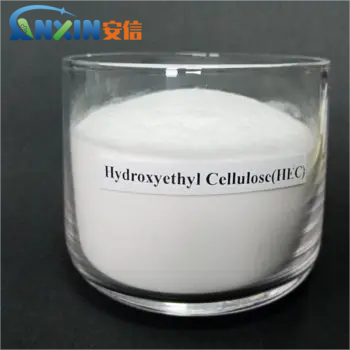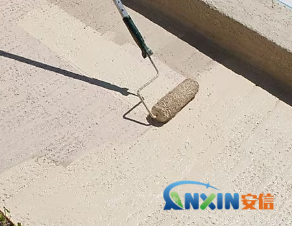Hydroxyethyl cellulose (HEC) is a nonionic, water-soluble polymer widely used in waterborne coating systems, exhibiting excellent thickening, dispersing, stabilizing, and film-forming properties. In thick-film waterborne architectural coatings such as stone-like paint, HEC not only improves application performance but also significantly enhances the uniformity of the coating’s appearance and long-term stability.
1. Basic Characteristics of HEC
HEC is obtained from natural cellulose through chemical modification, possessing good solubility and chemical stability. Its solutions exhibit moderate pseudoplastic rheological characteristics, effectively regulating the viscosity and flowability of coating systems. HEC is unaffected by pH and polyvalent metal ions, demonstrating strong compatibility and allowing for synergistic use with other emulsions, pigments, fillers, and additives. Furthermore, HEC possesses excellent water retention and anti-sagging properties, playing an irreplaceable role in thick-film waterborne coatings.
2. Main Roles of HEC in Stone Paint
2.1. Thickening and Rheology Regulation
Stone paint is a high-solids, high-filler system, prone to sedimentation and sagging. HEC forms a three-dimensional network structure in the system through physical entanglement and intermolecular hydrogen bonding, significantly increasing the system viscosity and giving the coating ideal thixotropic properties. During application, the coating is easily spread under shear force, and quickly recovers viscosity after standing, preventing sagging and dripping, and ensuring uniform coating thickness.
2.2. Anti-Sedimentation and Improved Storage Stability
The natural colored sand and emulsion in stone paint have a significant density difference. Insufficient system viscosity can easily lead to particle sedimentation. HEC effectively increases the low-shear viscosity of the system, ensuring uniform suspension of sand particles, extending shelf life, preventing stratification and clumping, and improving the long-term stability of the product.
2.3. Improved Application Performance
HEC gives stone paint good roller and spray flowability and spreadability, making application easier and smoother. Its water-retention properties prevent surface cracking caused by excessive moisture evaporation during construction, improving film smoothness and adhesion. Simultaneously, HEC’s lubricating effect reduces nozzle clogging, improving construction efficiency.
2.4. Improved Film Quality and Decorative Effect
During the drying process, HEC regulates the moisture release rate, preventing pinholes, cratering, or cracking caused by excessively rapid drying. It helps form a dense and uniform coating surface, making the natural stone texture of the stone-like paint more realistic, the color richer and more uniform, and the appearance more decorative.
3. Synergistic Effect of HEC with Other Additives
In stone-like paint formulations, HEC is often used in conjunction with dispersants, emulsions, defoamers, and film-forming aids. Appropriate amounts of HEC can form a synergistic thickening and stabilizing network with redispersible polymer powder (RDP), further improving the coating’s crack resistance and water resistance. Furthermore, HEC’s non-ionic nature makes it compatible with various emulsions without causing system instability or gelation.
4. HEC Dosage and Selection Recommendations
The amount of HEC added needs to be determined based on the solid content of the coating system and the application requirements. Generally, in stone-like paint formulations, the HEC addition amount is 0.3% to 0.6% of the total coating volume. Factors such as the degree of substitution, viscosity grade, and dissolution rate should be considered when selecting HEC. High-substitution-degree HECs have good solubility and high transparency; while high-viscosity models provide stronger thickening and suspending effects.
HEC plays a crucial role in rheological regulation and stabilization control in water-based stone-like paints. Its excellent thickening, anti-sagging, suspending, and water-retaining properties enable stone-like paint products to exhibit superior performance during both application and film-forming stages. By rationally selecting the HEC type and dosage, the application adaptability and decorative quality of stone-like paint can be significantly improved, providing strong support for the high performance of water-based architectural coatings.
Post time: Nov-13-2025

